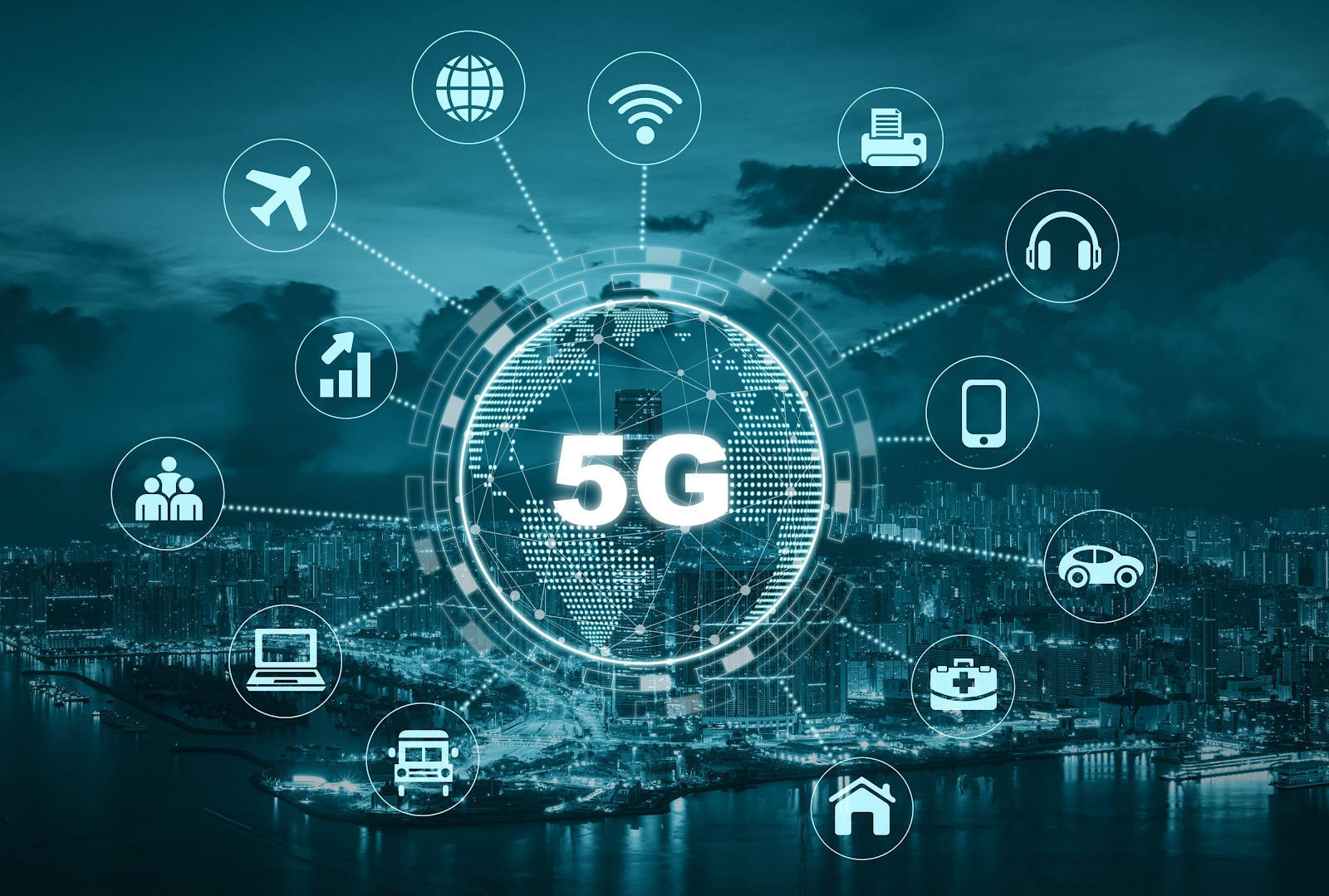The Evolution of 5G Technology: Connecting the World at Lightning Speed
Introduction
In the modern digital age, connectivity has become an integral part of our lives. From streaming high-definition videos to controlling smart homes, our reliance on seamless and high-speed internet has grown exponentially. Enter 5G technology – the fifth generation of wireless technology that is poised to revolutionize the way we connect, communicate, and experience the digital world. In this article, we will explore the key features of 5G, its potential applications, and the transformative impact it is set to have on various industries.
Unveiling the Power of 5G
5G, short for "fifth generation," represents a leap forward from its predecessor, 4G. It boasts several key features that set it apart:
Speed: 5G offers unparalleled speed, reaching up to 20 gigabits per second (Gbps). This enables lightning-fast downloads, seamless streaming of 4K and even 8K videos, and real-time multiplayer gaming without lag.
Low Latency: Latency, the time it takes for data to travel from the source to the destination, is drastically reduced with 5G. This near-instantaneous response time is crucial for applications like remote surgery, autonomous vehicles, and augmented reality experiences.
Massive Connectivity: 5G supports a significantly higher number of connected devices per unit area. This is essential for the growing Internet of Things (IoT) ecosystem, where smart devices communicate with each other to optimize processes and enhance efficiency.
Reliability: With improved network efficiency and robustness, 5G offers more stable connections even in densely populated areas or during high-demand events.
Changing the Game Across Industries
Healthcare: 5G's low latency and high bandwidth enable remote surgeries and medical consultations in real time. Surgeons can guide procedures from afar, leveraging haptic feedback and augmented reality to enhance precision.
Automotive: Autonomous vehicles rely on instantaneous data exchange to navigate safely. 5G's low latency ensures split-second decision-making, enhancing road safety and enabling features like cooperative adaptive cruise control.
Smart Cities: 5G accelerates the development of smart cities, where interconnected devices optimize energy consumption, traffic management, waste disposal, and public services.
Entertainment: Immersive experiences like virtual reality and augmented reality are elevated with 5G's high speeds and low latency. This enables more realistic and interactive gaming, as well as seamless AR navigation in real-world environments.
Deployment Challenges and Progress
While 5G's potential is immense, its deployment comes with challenges:
Infrastructure: Building the necessary network infrastructure, including small cell sites and fiber-optic cables, requires substantial investment and coordination.
Spectrum Allocation: Governments and regulatory bodies need to allocate sufficient radio spectrum for 5G services to avoid congestion and interference.
Privacy and Security: As more devices become interconnected, the risk of cybersecurity breaches increases. Ensuring data privacy and security is paramount.
Conclusion
5G technology is ushering in an era of unprecedented connectivity and innovation. Its capabilities extend far beyond faster downloads – they have the potential to reshape industries, improve healthcare outcomes, redefine transportation, and enhance entertainment experiences. As 5G networks continue to roll out globally, the world is on the brink of a digital transformation that promises to connect us in ways we've never imagined before, setting the stage for a future that's smarter, faster, and more interconnected than ever.
The Evolution of 5G Technology: Connecting the World at Lightning Speed
 Reviewed by Unknown
on
August 14, 2023
Rating:
Reviewed by Unknown
on
August 14, 2023
Rating:
 Reviewed by Unknown
on
August 14, 2023
Rating:
Reviewed by Unknown
on
August 14, 2023
Rating:



No comments